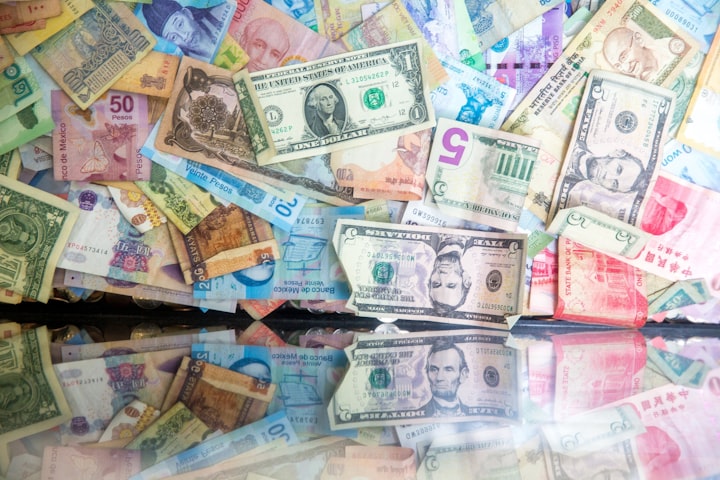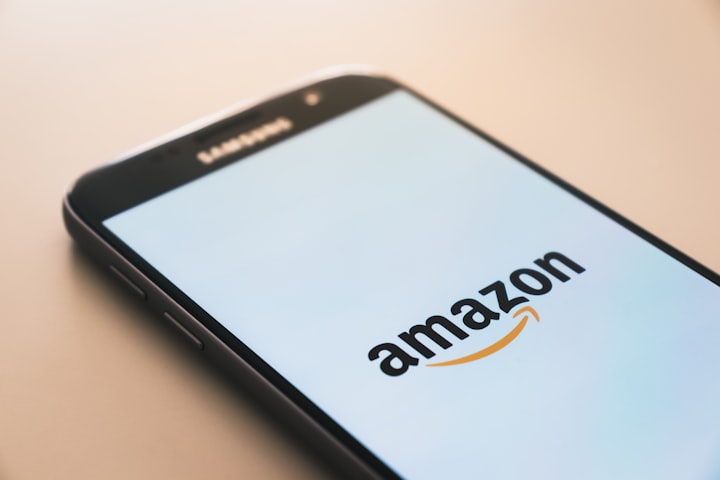Where Is Money Printed In The World: Is Money Printed Everyday
Where Is Money Printed?

"Where is money printed" is often a sensitive issue and a non-sensitive issue for some. Countries often outsource, their money printing to other countries, this may seem to be dangerous, but comes with a cost advantage.
Outsourcing the cash to other countries
Countries in part of Africa, Asia, and Europe outsource one of the most delicate tasks "Printing Money" to other neighboring countries. Take, for example, The Liberian government lost a whole lump of money in 2018 totaling $104 billion in containers, This bunch of goodies was lost on a ship en route to Liberia from an oversea partner country, which helps the Liberian government print currencies. The banknotes were later found and accounted for, but this didn't go past without raising some eyebrows in the mainstream media. The Indian government is also rumored to have been printing money from the People Of The China Republic with which it has a land dispute. This prompt the citizens of India to call for accountability on how the money they spend is actually printed. Most countries in Africa, Asia, or Europe with a small population often give out money minting firms in other countries to mint their currency notes. More than two-thirds of the countries in the world print their money primarily in Europe and North America. Most of the World's central bank works with giant money minting firms, such as British banknote printing giant De La Rue, Sweden-based Crane, and Germany's Giesecke+Devrient.
Is this a common thing in the world?
Only a few countries are actually required by law to produce their currency within their borders, these countries include the US, UK, Germany, France, India, and England. However, some of these countries run into controversies sometimes with regard to money printing. Countries like Liberia do not have their own money minting company, while it is normal for countries to print their money overseas, it is part of normal practices, this may risk the country's autonomy in one form or the other. A small number of specialized enterprises produce cash for the majority of the world's currencies. According to De La Rue, the private printing press sector accounts for 9 percent of all banknotes manufactured. Money printing is however a very technical and secretive industry, various media houses have approached private print press to be interviewed, but they have made almost no leadway with that. It is normal for citizens to bc concerned about how money gets into their shores, this causes a lot of outrage when such information is being leaked.
Is the process transparent?
When it comes to transparency, the basic fact is that money printing is not at all transparent, most people don't know if their countries own a mint or not, due to strict security guarding various central banks in the world. Surprisingly, practically all African countries import their currencies. The practice may potentially raise concerns about national pride and security. There is also the problem of true sovereignty and economic sufficiency for wealthier nations such as Angola and Ghana. According to Ekeruche, some particular countries aiming to create their own currencies may fall victim to unscrupulous authorities or hackers attempting to fake or manipulate them. Outsourcing is more secure in many circumstances. Even importing can provide difficulties. Containers of Liberian dollars delivered from Sweden vanished in 2018, despite the government's efforts to account for them. Meanwhile, companies like De La Rue have been in operation for hundreds of years, mass-producing for central banks all over the world. They have the skills and knowledge to stay up with money advancements, such as polymer, which is regarded a cleaner, more durable, and more secure than paper, with the plastic substance allowing for the incorporation of more advanced anti-counterfeit measures.
What is the risk that comes with outsourcing money?
However, outsourcing is not without risks. Libya in 2011 is a notable example. The United Kingdom sanctioned around 1.86 billion dinars (£929 million), from the giant money printer company in the UK, resulting in a banknote scarcity during Gaddafi's regime due to UN sanctions. So, in some cases, foreign countries may withhold banknotes. However, this is uncommon, but the tragedy in Libya has influenced the ways money would be outsourced in the future. Considering another risk, a country may jeopardize and compromise the outsourced currencies, thereby causing inflation in the outsourcing country's economy. This may lead to an increase in price and various devastating effects. There is also the probability of a foreign power generating money is aware of the security properties of a certain banknote, allowing the production of counterfeit notes. However, there is no observable indication that any of these situations is now occurring. Several questions have been raised "Do you trust the people who print your money?" Currently, there is no ISO standard regulation for the printing of money by countries.
Why don't countries do it themselves?
The emergence of new technology is important in preventing counterfeiting of currencies, companies who print money, have been in the game for centuries, they've evolved with emerging new printing technology thus increasing their reputation. De La Rue began printing banknotes in 1860 for Mauritius and thereafter for other countries. Bank of England fivers and tenners are also being produced by them. Giving away money printing to foreign countries may come with an added cost advantage, it would not make sense to print money for a smaller country as the machine printing money prints over a million notes at a time. To avoid counterfeiting, countries who decide to print money would also need to keep a fast pace with new emerging counterfeiting technology such as the polymer technology used in the Nigerian Naira. A currency printer generates about 1.4 billion notes a year. If a country with a larger population for example the United States, prints seven billion notes, is adequately feasible for them. While smaller countries may try to keep up with the cost and burden that comes with printing. Macedonia and Bostwana have for long been a client with De Le Rue over the years, printing and supplying their country's currency. The cost of printing banknotes is about 14 cents according to verified sources, this may look small. However, the compounding effect of such few cents in mass production is huge. The cost of printing for African countries is enormous due to the population surge. In 2018, a central bank official in Ghana complained to the local press that the nation spends a lot of money on the orders of Ghanaian cedi in the United States. The government is required to pay charges that are estimated to cost £80,000 in shipping fees, to ship the container for the currencies. Money printing machines often produce millions of notes every hour. Smaller countries would have more money than required if they decide to print money on their own, this would obviously lead to inflation. A country that could get its currency at a cheaper rate say for $4 abroad would not want to print at $6 home, it is not suitable for the smaller countries' economies. Only a few African nations, such as Nigeria, Morocco, and Kenya, have the resources to print their own currencies or mint their own coins, and even these countries occasionally augment output with imports.
Can Countries print money as they like?
The Weimar Republic(Olden Days Germany) created money in the early 1920s as though it were paper, which it was because there was nothing to sustain it. With a face value of 100,000,000,000,000 (100 trillion) Reichsmarks, single banknotes were issued. People would spend every Reichsmark they had as soon as they received it because, by afternoon, their money would be useless. The situation was absurd. That was a short story on what would happen if countries start to print money in numbers, there would be hyperinflation, just like hypertension, and the whole nation would go to a tanked ending.
Enquote
Outsourcing money to other countries in terms of cost. However, this also has its security implications, and risks that come from it. If you enjoyed do not forget to like, subscribe and share this article.
About the Creator
Eyitemi Nurain
I am a Web Developer and a UX designer, a Content Writer and Social Media Manager, and a bug bounty hunter.
You can also find me on Medium for more mind blowing stories,
Click here: https://medium.com/@eyiteminurain
Reader insights
Outstanding
Excellent work. Looking forward to reading more!
Top insights
Easy to read and follow
Well-structured & engaging content
Excellent storytelling
Original narrative & well developed characters
Expert insights and opinions
Arguments were carefully researched and presented
Eye opening
Niche topic & fresh perspectives
Heartfelt and relatable
The story invoked strong personal emotions
On-point and relevant
Writing reflected the title & theme






Comments (1)
Wow I never knew there were so many complications in money printing. Thank you for sharing this